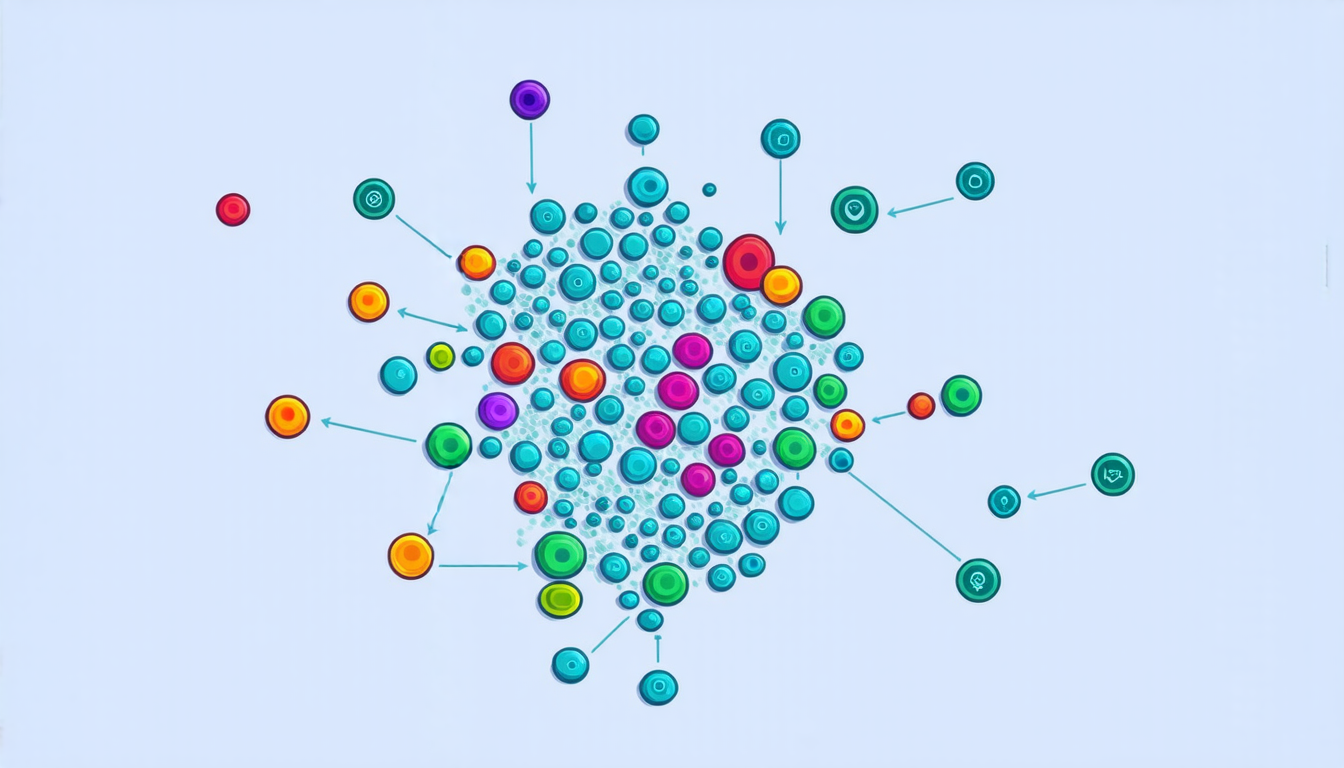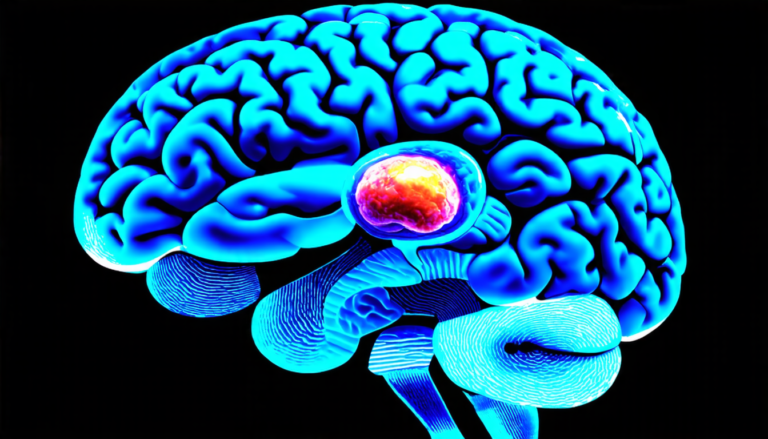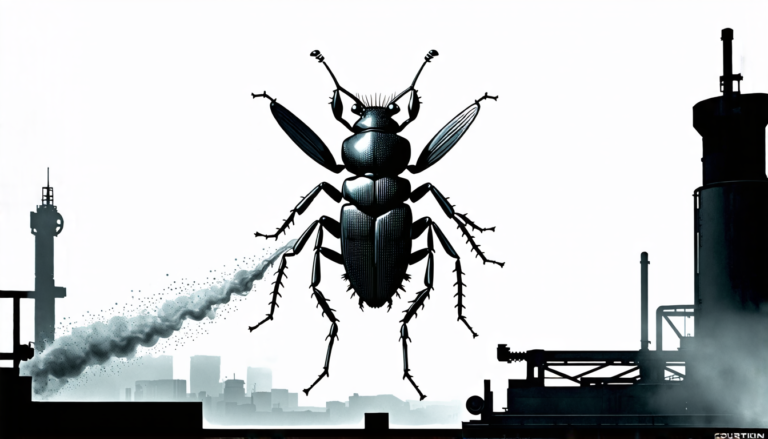Thursday 13 March 2025
Scientists have long been fascinated by the ability of biological systems to self-organise and adapt to their environments. From the intricate patterns on butterfly wings to the complex social structures of ant colonies, these phenomena seem to defy explanation through traditional means.
Now, a team of researchers has made a significant breakthrough in understanding how this self-organisation occurs at the cellular level. By studying the interactions between cells in simple organisms like bacteria and yeast, they have identified a key factor that enables these systems to maintain order and adapt to changing conditions: topology.
The team found that when cells are arranged in specific patterns, such as those created by the edges of a graph, they can use this structure to coordinate their behavior and achieve complex outcomes. This is because the interactions between cells are influenced not just by their chemical signals, but also by their spatial relationships.
In other words, the way cells are arranged in space plays a crucial role in determining how they communicate with each other and respond to environmental cues. By studying these spatial patterns, scientists can gain insights into how biological systems adapt and evolve over time.
The researchers used computer simulations to model the behavior of cells in different topological arrangements, and found that certain patterns were more effective than others at promoting self-organisation. They also conducted experiments with real cells, using yeast as a model organism, to confirm their findings.
Their results have significant implications for our understanding of biological systems, from the simplest bacteria to complex organisms like humans. By recognizing the importance of topology in shaping cellular behavior, scientists can develop new approaches to understanding and manipulating these systems.
For example, this knowledge could be used to design more effective treatments for diseases that involve abnormal cell behavior, such as cancer or neurodegenerative disorders. It could also inform strategies for regenerative medicine, where cells need to be coordinated to repair damaged tissues.
The discovery of the role of topology in cellular self-organisation is a reminder of the intricate complexity of biological systems, and the many ways in which they can be influenced by seemingly small variations in their structure. As scientists continue to unravel the mysteries of life at the cellular level, this breakthrough offers a new perspective on the fundamental forces that shape our world.
Cite this article: “Topology Unlocks Secrets of Cellular Self-Organization”, The Science Archive, 2025.
Biology, Self-Organisation, Cells, Topology, Spatial Relationships, Communication, Environmental Cues, Computer Simulations, Yeast, Cell Behavior







